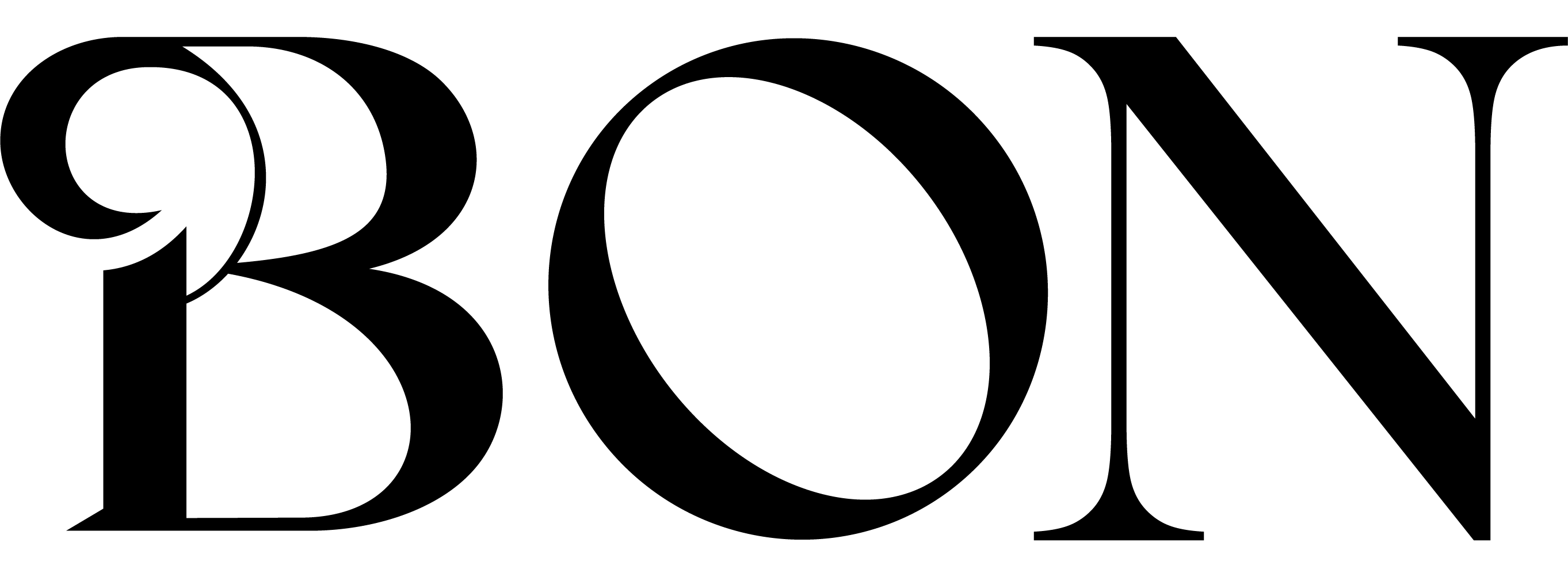
Leonardo da Vinci’s Mona Lisa, Van Gogh’s Starry Night, Auguste Rodin’s The Thinker, and Claude Monet’s Nympheas – all of these iconic artistic masterpieces are currently involved in a continuous collaboration and licensing agreement, enabling these creations to possess their own designated official digital collectibles in the form of NFTs.
The Art Newspaper has reported that Salvator Mundi, widely recognized as the most expensive artwork globally, is in the process of being converted into an NFT. This contentious painting, portraying Jesus Christ with a crystal orb, achieved a record-breaking auction price of $450.3 million at Christie’s in New York. As of the current moment, the precise location of the painting remains undisclosed.
In the upcoming week, the authorized depiction of Salvator Mundi is set to become accessible for minting on the digital asset platform ElmonX, as part of a partnership with the global image licensing firm, Bridgeman Images. While the details of the transaction will be disclosed on August 12, it’s worth noting that the financial particulars of the agreement are being kept confidential, as confirmed by a representative from Bridgeman Images.
As the eagerly awaited release of the sale’s general terms approaches, it naturally raises the question of how ElmonX, Bridgeman Images, and the proprietors of these artworks managed to effectively synchronize intellectual property (IP) and licensing rights. This achievement appears to present a unique and pioneering case study, marking the first instance of seamlessly connecting the conventional art realm with blockchain and NFT technologies. A representative from Bridgeman Images conveyed to The Art Newspaper that the ongoing collaboration permits them to license the authentic painting’s imagery to ElmonX, mirroring the manner in which they currently extend licenses for top-quality visuals and videos to advertisers, filmmakers, publishers, and designers across diverse industries.
Conversely, the current ambiguity surrounding the precise physical location of the real-life (IRL) painting raises a more profound question about the rationale behind the impending minting, and the underlying purpose it serves. Given that the NFT is not directly tied to the tangible painting, the fundamental query emerges: what precisely does it symbolize? At first glance, it seems to serve as public evidence that one possesses the licensed right solely to exhibit the high-resolution image of the ‘Salvator Mundi’ artwork, without any other connotation. This viewpoint is also held by individuals within the “X” community (previously known as Twitter), who assert that presenting an NFT unrelated to the original artwork subsequent to its sale lacks logical coherence.
Presently, ElmonX serves as the platform showcasing da Vinci’s Mona Lisa (1503), Van Gogh’s Starry Night (1889), Rodin’s The Thinker (1904), and Monet’s Nympheas (1907).
Undoubtedly, this collaboration establishes the basis for the long-awaited fusion of these nascent technologies with the established art realm. If the fundamental mechanisms of the licensing arrangement between ElmonX and Bridgeman Images genuinely succeed in synchronizing premium traditional art with blockchain and NFT technologies, it paves the way for even more intriguing dialogues to unfold.
Having mentioned that, the rationale behind whether this application holds merit, especially in the context of possessing the entitlement solely to “publicly showcase” an authorized artwork image, remains a subject open to discussion.
Even as the NFT market experiences a downturn due to diminishing interest in such endeavors, the sector is in dire need of purposeful implementations of this technology. We’ve moved beyond the phase of simply showcasing digital art without a meaningful objective guiding its trajectory, and there’s an increasing emphasis on the judicious integration of these emerging technologies into the realm of traditional art.



